Rajasthan, the “Land of Kings,” is a living museum of history, heritage, and culture. Known for its grand forts, royal palaces, and sacred temples, Rajasthan offers travelers an unforgettable journey through India’s regal past. If you’re planning a trip to Rajasthan, exploring its iconic monuments is a must.
In this article, we bring you the top 10 monuments of Rajasthan that should be on every traveler’s bucket list.
Why Visit Monuments of Rajasthan?
-
To experience rich Rajput and Mughal architecture.
-
To witness UNESCO World Heritage Sites.
-
To explore cultural, historical, and spiritual landmarks.
-
To enjoy some of the most photographed tourist attractions in India.
Top 10 Monuments of Rajasthan
1. Amer Fort – Jaipur
Amer Fort (also called Amber Fort) is one of the most famous monuments of Rajasthan and a UNESCO World Heritage Site. Built in the 16th century by Raja Man Singh, this fort combines Rajput and Mughal architecture. Its Sheesh Mahal (Mirror Palace) is world-famous for dazzling glasswork.
Why visit Amer Fort?
-
Evening light and sound show.
-
Elephant rides up to the fort.
-
Stunning views of Maota Lake.
2. City Palace – Jaipur
Located in the heart of Jaipur, City Palace is a blend of Rajput, Mughal, and European architecture. Chandra Mahal and Mubarak Mahal are its main attractions, along with museums that display royal artifacts.
Why visit City Palace?
-
Exquisite costumes, weapons, and artifacts.
-
Beautiful courtyards and gardens.
-
Glimpse into the royal lifestyle of Jaipur rulers.
3. Mehrangarh Fort – Jodhpur
Mehrangarh Fort, one of the largest forts in Rajasthan, was built in 1459 by Rao Jodha. Rising 400 feet above the “Blue City,” the fort is known for its sprawling courtyards and museums.
Highlights of Mehrangarh Fort
-
Phool Mahal and Moti Mahal palaces.
-
Intricate carvings and heritage displays.
-
Panoramic view of Jodhpur’s blue houses.
4. Umaid Bhawan Palace – Jodhpur
Built in the 20th century, Umaid Bhawan Palace is among the youngest monuments of Rajasthan. Today, it is part luxury hotel, part museum, and part royal residence.
Why visit Umaid Bhawan?
-
Experience luxury heritage stay.
-
See vintage cars and royal collections.
-
Stunning Indo-Deco architecture.
5. Jaisalmer Fort – Jaisalmer
Also called Sonar Quila (Golden Fort), Jaisalmer Fort was built in 1156 AD by Rawal Jaisal. Unlike other forts, it is still inhabited and houses temples, shops, and homes.
What makes Jaisalmer Fort special?
-
Yellow sandstone walls glow at sunset.
-
Bustling bazaars inside the fort.
-
Historic Jain temples.
6. Hawa Mahal – Jaipur
Hawa Mahal, or the “Palace of Winds,” is one of the most iconic monuments of Rajasthan. Built in 1799, it has 953 small jharokhas (windows) designed for royal women to observe street life.
Why Hawa Mahal is a must-visit?
-
Unique honeycomb architecture.
-
Popular photography spot.
-
Central location near City Palace and Jantar Mantar.
7. Ranakpur Jain Temple – Pali
This 15th-century temple is a marble masterpiece dedicated to Tirthankara Adinatha. It is supported by 1,444 intricately carved pillars, each unique in design.
Highlights of Ranakpur Temple
-
Intricate marble carvings.
-
Peaceful atmosphere.
-
One of the top religious monuments in Rajasthan.
8. Chittorgarh Fort – Chittorgarh
Spread over 700 acres, Chittorgarh Fort is the largest fort in India and a UNESCO World Heritage Site. Known for tales of bravery and sacrifice, it features iconic towers and palaces.
What to see at Chittorgarh Fort?
-
Vijay Stambh (Victory Tower).
-
Kirti Stambh (Tower of Fame).
-
Rani Padmini’s Palace.
9. Kumbhalgarh Fort – Rajsamand
Built in the 15th century by Rana Kumbha, Kumbhalgarh Fort is renowned for its 36 km-long wall, the second longest in the world. It houses over 360 temples.
Why visit Kumbhalgarh Fort?
-
UNESCO World Heritage Site.
-
Stunning wall architecture.
-
Scenic views of the Aravalli hills.
10. Junagarh Fort – Bikaner
Unlike most forts built on hills, Junagarh Fort stands on flat ground. Built in the 16th century, it showcases Rajput, Mughal, and Gujarati influences.
Highlights of Junagarh Fort
-
Anup Mahal and Ganga Mahal palaces.
-
Beautiful frescoes and carvings.
-
Well-preserved courtyards and museums.
Travel Tips for Visiting Rajasthan Monuments
-
Best time to visit: October to March.
-
Carry water and sunscreen (many sites are in desert regions).
-
Hire local guides for deeper historical insights.
-
Book tickets online where possible to save time.
Conclusion
Rajasthan is a treasure trove of history, where each fort and palace has a story etched into its walls. From grand forts like Mehrangarh and Chittorgarh to iconic palaces like Umaid Bhawan and City Palace, the state offers travelers a chance to walk through centuries of heritage.
Exploring these top 10 monuments of Rajasthan isn’t just sightseeing—it’s a journey into valor, art, and timeless culture.
So, whether you’re a history lover, photographer, or simply a traveler in search of unique experiences, Rajasthan’s monuments are sure to leave you spellbound.


-1753444735.png)
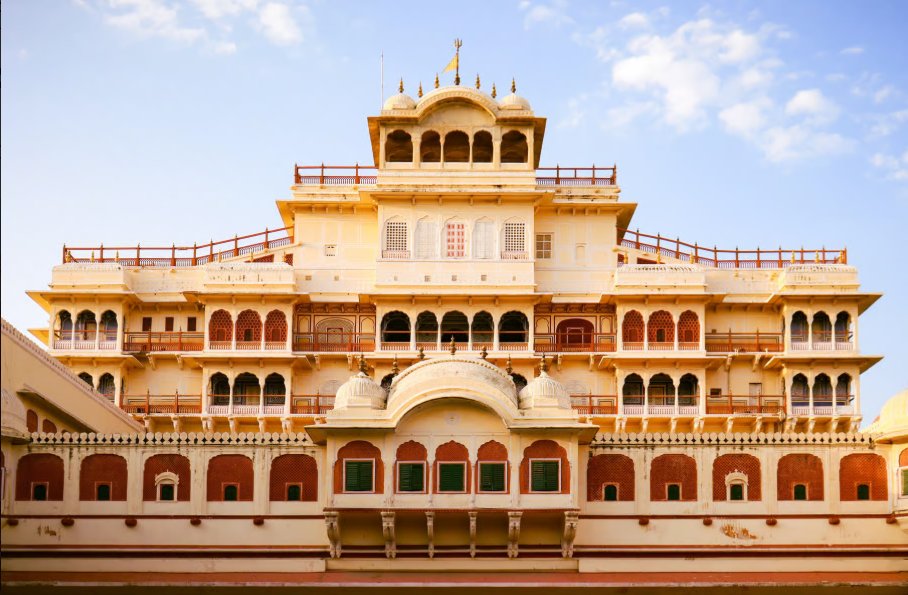

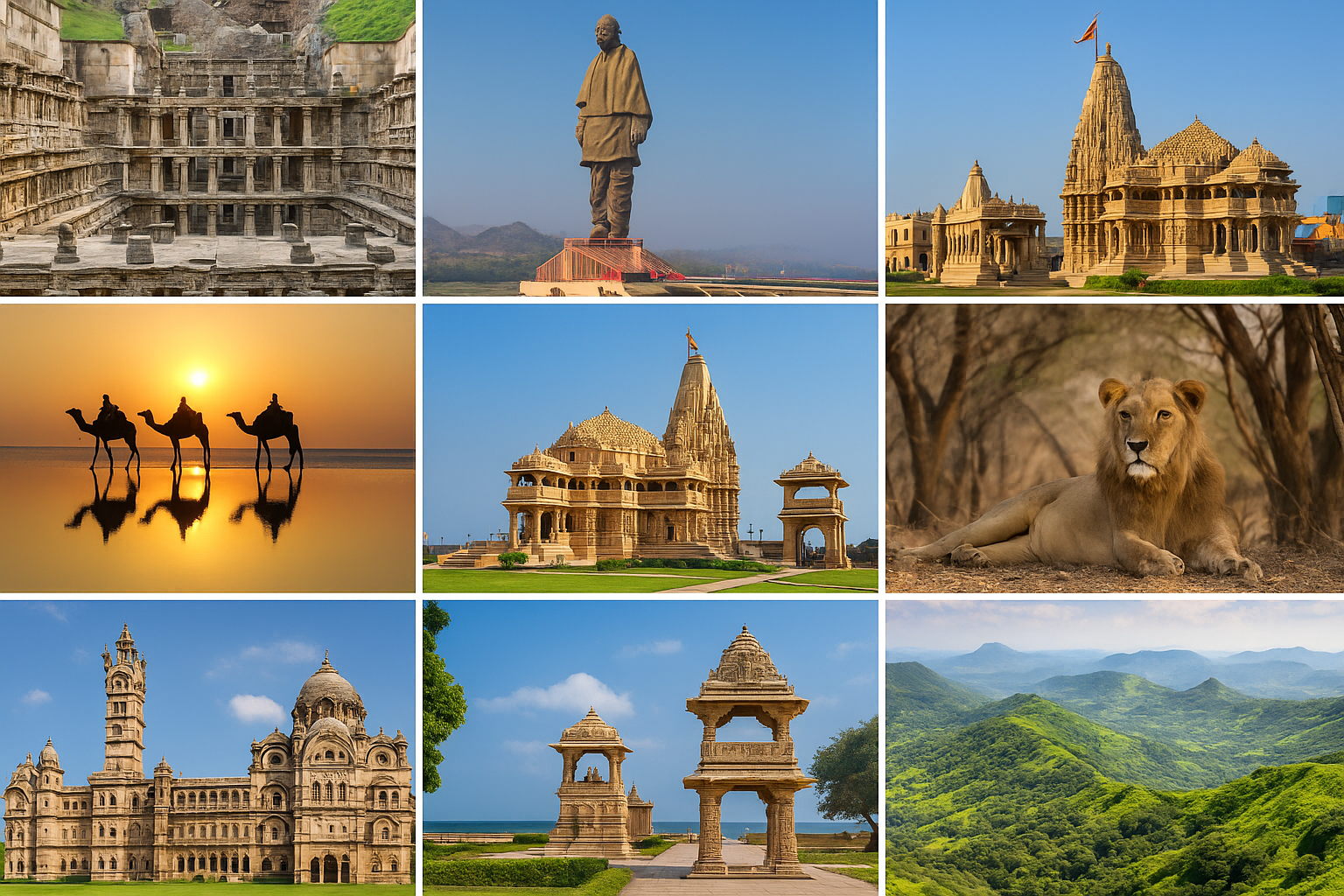
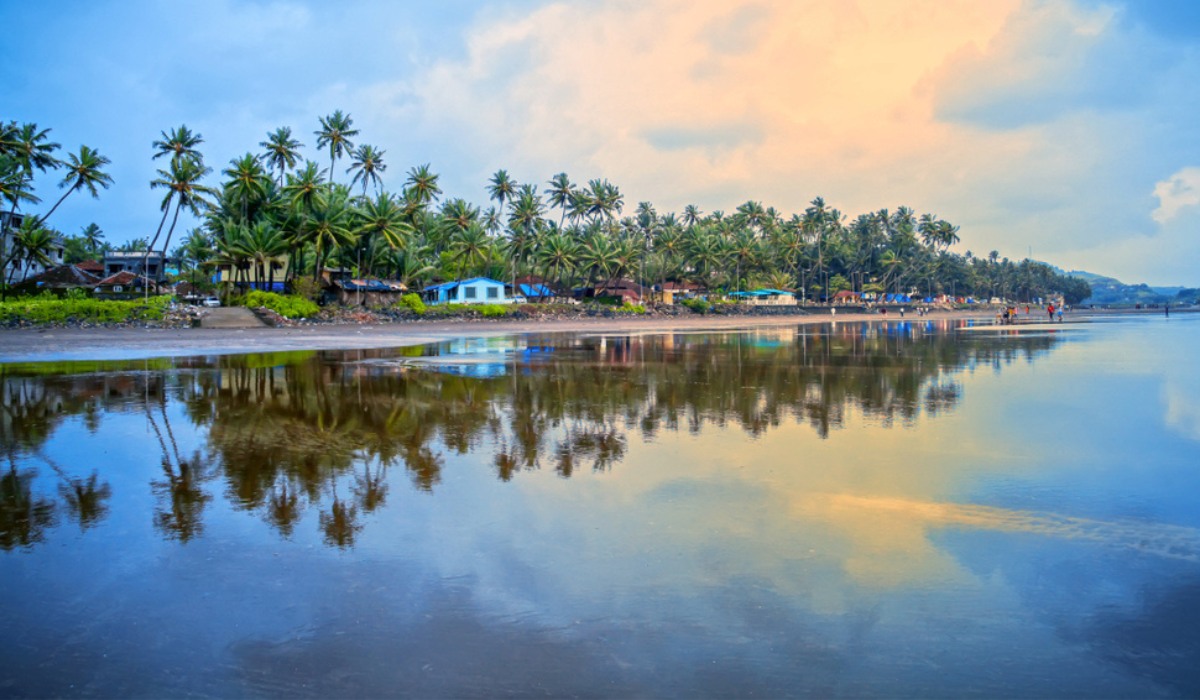
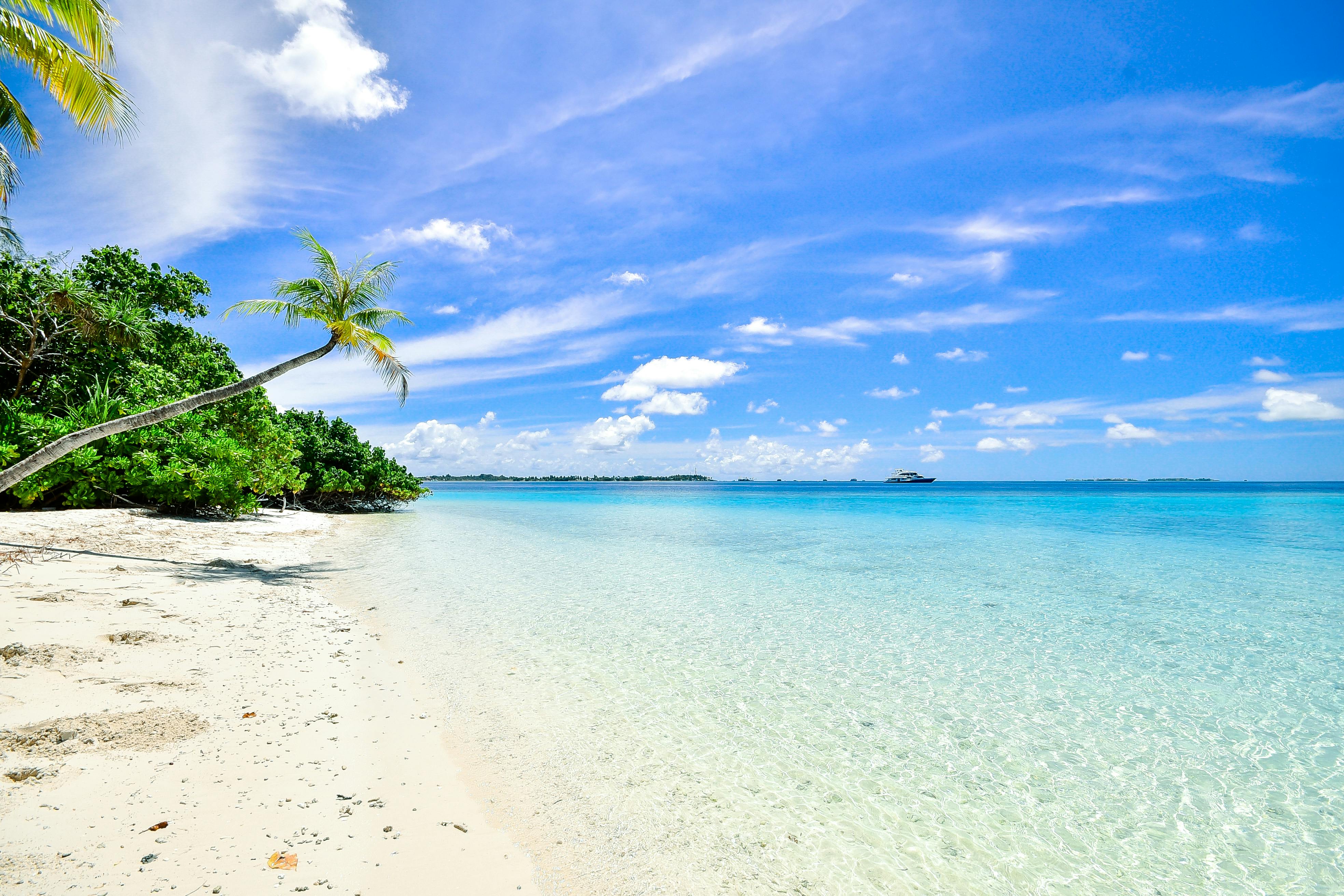
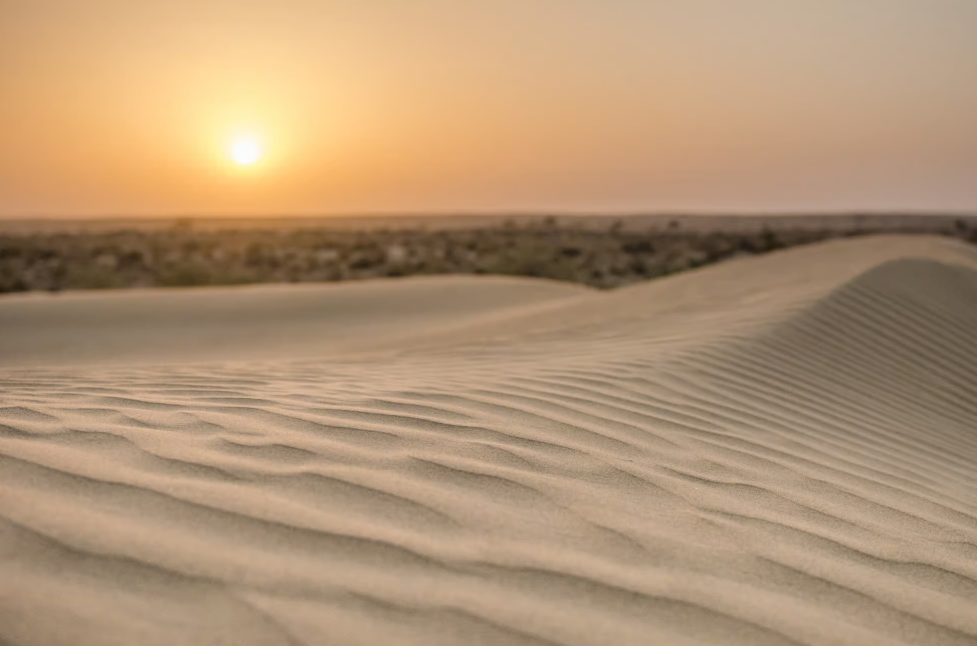
Comment (0)
Leave A Comment: